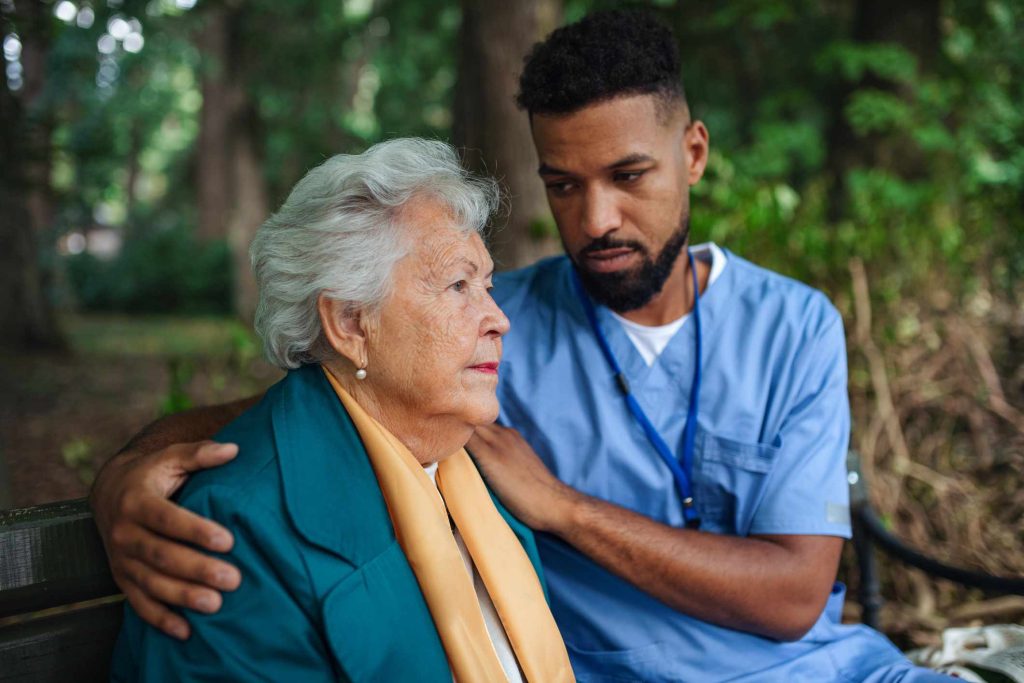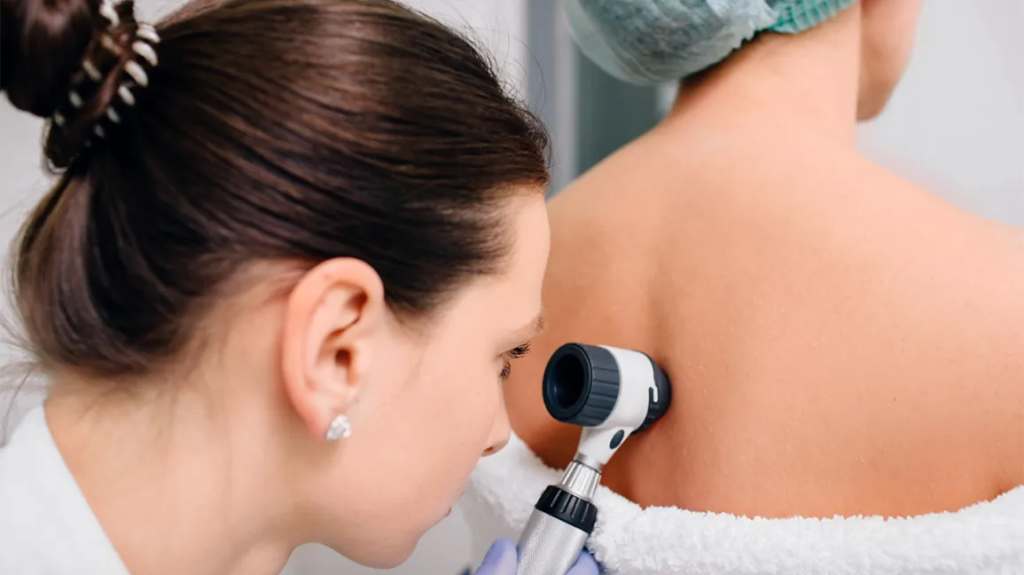How Orthopedic Surgeons Help Dancers Stay On Their Feet

Imagine yourself as a dancer, full of grace and agility, pirouetting on stage under the bright lights. Suddenly, there’s a twinge in your foot or a sharp pain in your hand. Panic fills your heart. Such injuries can pose a huge setback, and even threaten your entire dancing career. This is where orthopedic surgeons step in. They are the unsung heroes who help dancers stay on their feet, perform those magical leaps, and continue to captivate audiences. One example that comes to mind involves La Jolla hand injuries. In this coastal city, renowned orthopedic surgeons have worked wonders, healing dancers and helping them return to the stage. Their work is a testament to the crucial role orthopedic surgeons play in the world of dance.
The Role of Orthopedic Surgeons in Dance
Dance is a physically demanding art form. It pushes the body to its limits. Injuries, unfortunately, are inevitable. A sprained ankle, a torn ligament, or a fractured bone can be devastating. But it’s not the end of the world. Orthopedic surgeons are specialized doctors who diagnose, treat, and prevent musculoskeletal injuries. They work magic, transforming pain and fear into relief and hope.
Case Study: Hand Injuries
Let’s delve …



